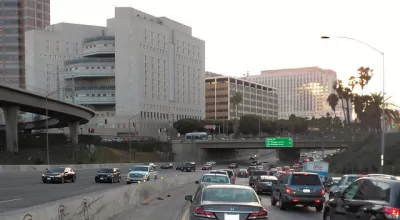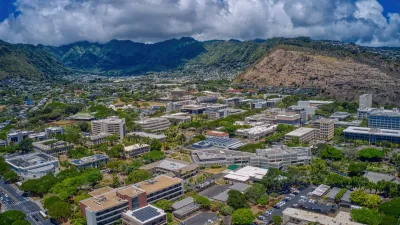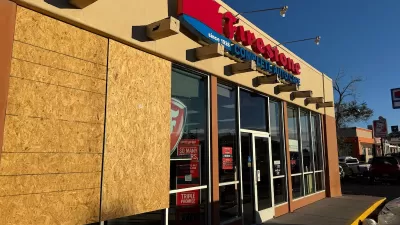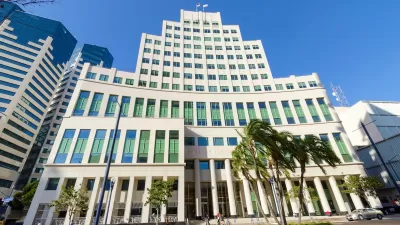Frank Greene and Kenneth Ricci discuss the changing paradigms of half a century of justice architecture and what we should ask — and expect — from courts and jails.

Like hospitals, stadia, and shopping malls, the structures of the criminal justice system demand complex spatial considerations, and architects specialized in meeting them. But with individual lives and liberties in the balance, buildings like courts and jails inspire ethical questions and social consequences beyond the scope of other public structures. Frank Greene and Kenneth Ricci, principals of New York based RicciGreene Associates, provide architectural and planning services for courts, jails, and juvenile detention facilities in the region and across the nation. Over five decades in the practice of justice architecture, they have witnessed a succession of approaches to corrections and detention, from rehabilitation to punitive mass incarceration, and back to rehabilitation. While some of today’s best practices are nothing new, signs of growing support for smaller-scale, local, and more humane approaches to incarceration today are encouraging. Below, Greene and Ricci talk about the roles courts and jails play — and should play — in the criminal justice system and in how cities and counties address pressing social problems. And they outline their role as justice architects, not only in designing environments to cue desired behavior, but using planning tools to change the minds and actions of clients who want to build more and bigger jails.
FULL STORY: What Jail Can't Do

Alabama: Trump Terminates Settlements for Black Communities Harmed By Raw Sewage
Trump deemed the landmark civil rights agreement “illegal DEI and environmental justice policy.”

Planetizen Federal Action Tracker
A weekly monitor of how Trump’s orders and actions are impacting planners and planning in America.

Why Should We Subsidize Public Transportation?
Many public transit agencies face financial stress due to rising costs, declining fare revenue, and declining subsidies. Transit advocates must provide a strong business case for increasing public transit funding.

Understanding Road Diets
An explainer from Momentum highlights the advantages of reducing vehicle lanes in favor of more bike, transit, and pedestrian infrastructure.

New California Law Regulates Warehouse Pollution
A new law tightens building and emissions regulations for large distribution warehouses to mitigate air pollution and traffic in surrounding communities.

Phoenix Announces Opening Date for Light Rail Extension
The South Central extension will connect South Phoenix to downtown and other major hubs starting on June 7.
Urban Design for Planners 1: Software Tools
This six-course series explores essential urban design concepts using open source software and equips planners with the tools they need to participate fully in the urban design process.
Planning for Universal Design
Learn the tools for implementing Universal Design in planning regulations.
Caltrans
Smith Gee Studio
Institute for Housing and Urban Development Studies (IHS)
City of Grandview
Harvard GSD Executive Education
Toledo-Lucas County Plan Commissions
Salt Lake City
NYU Wagner Graduate School of Public Service





























